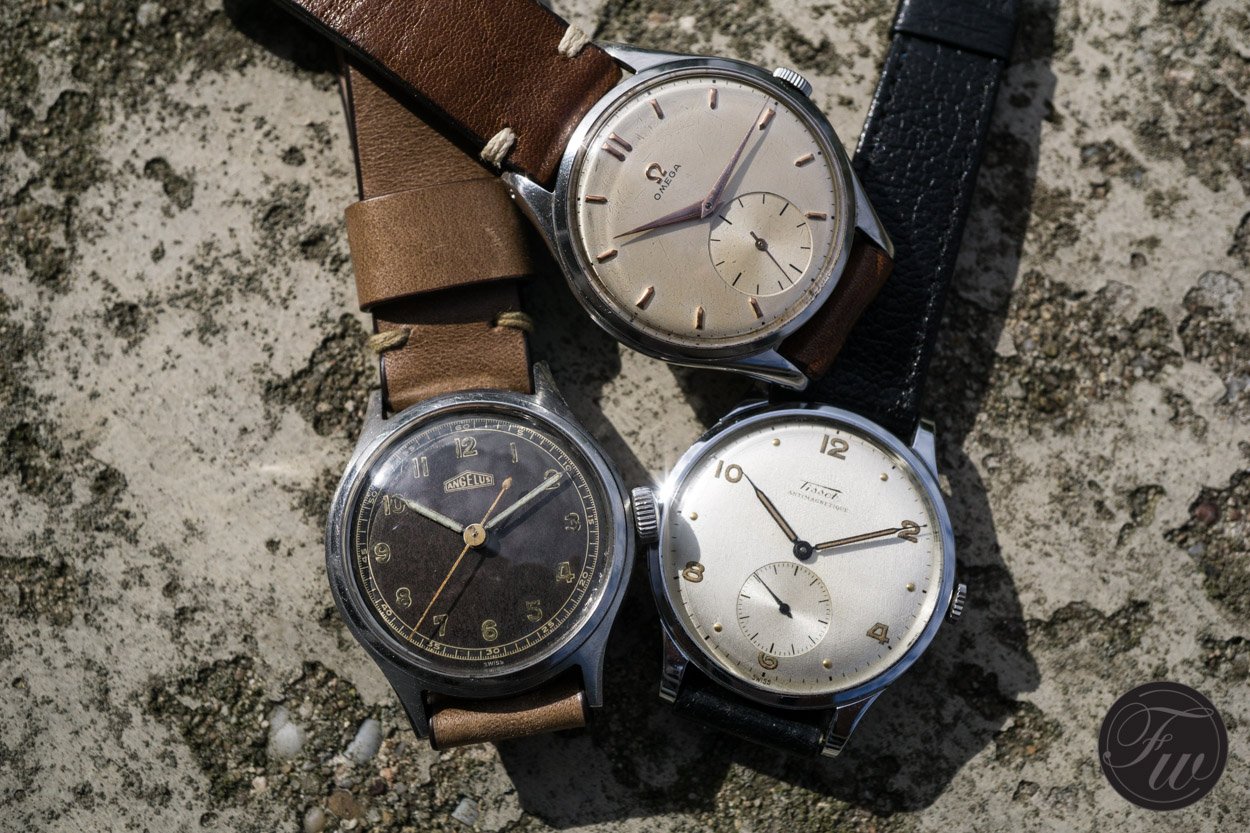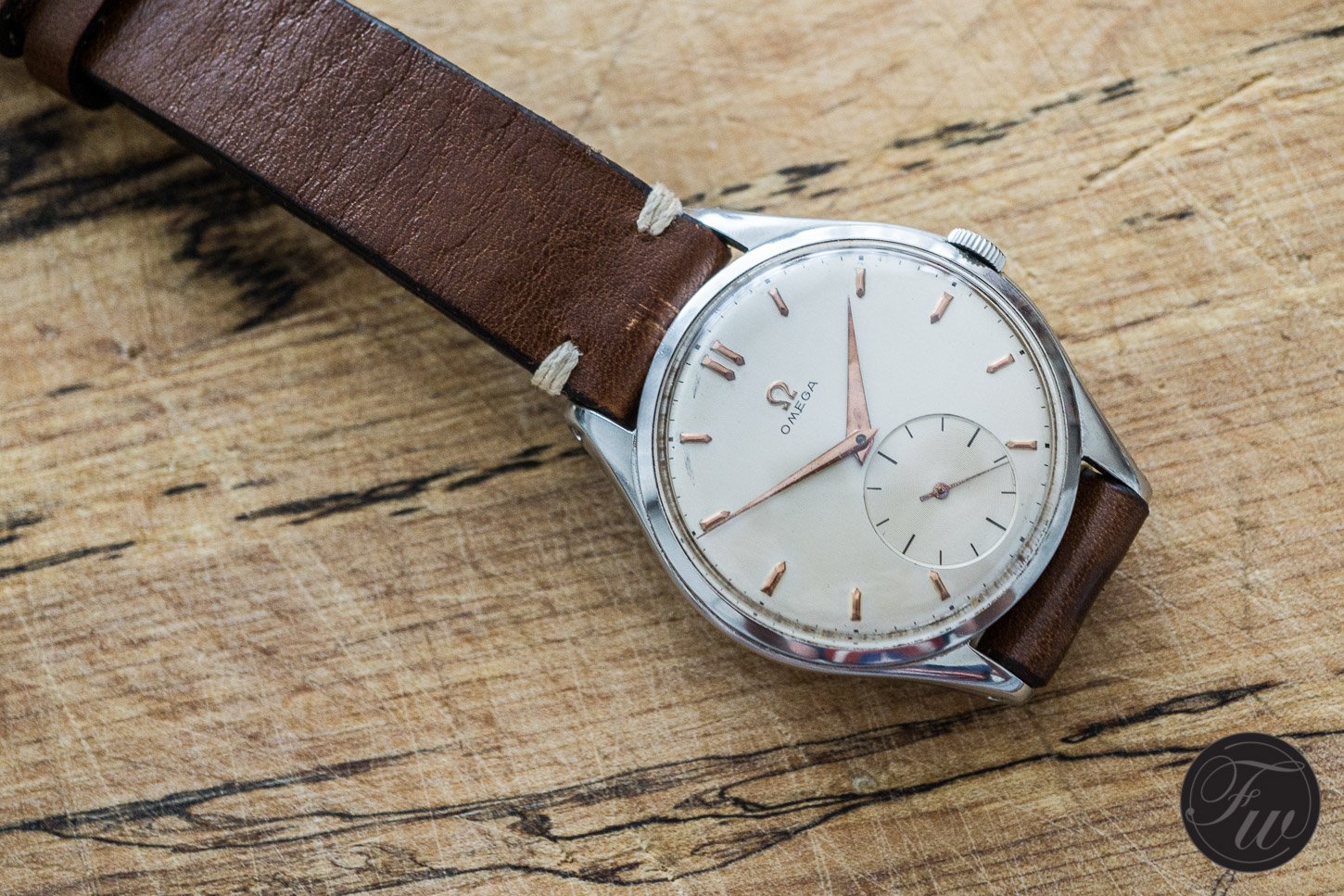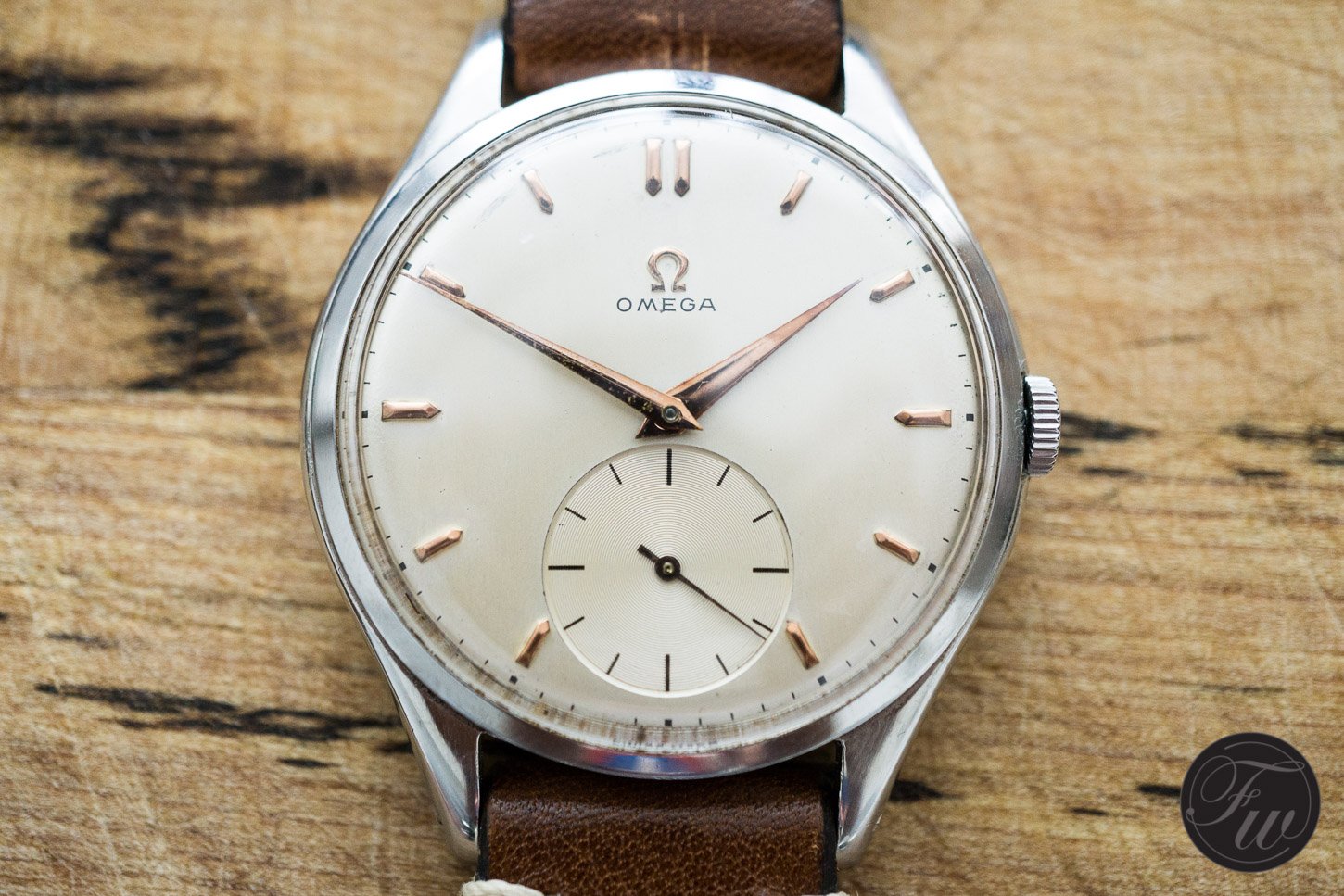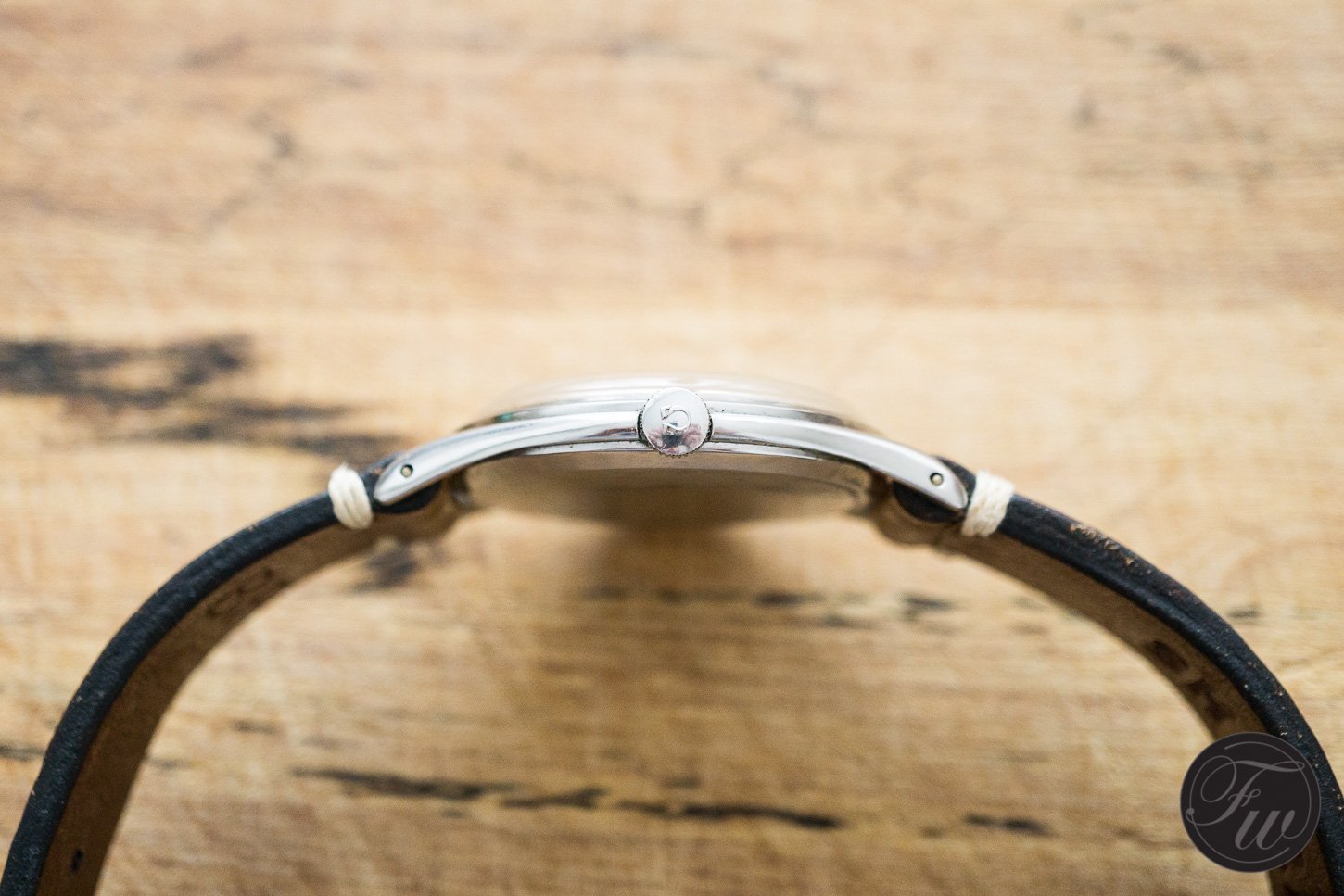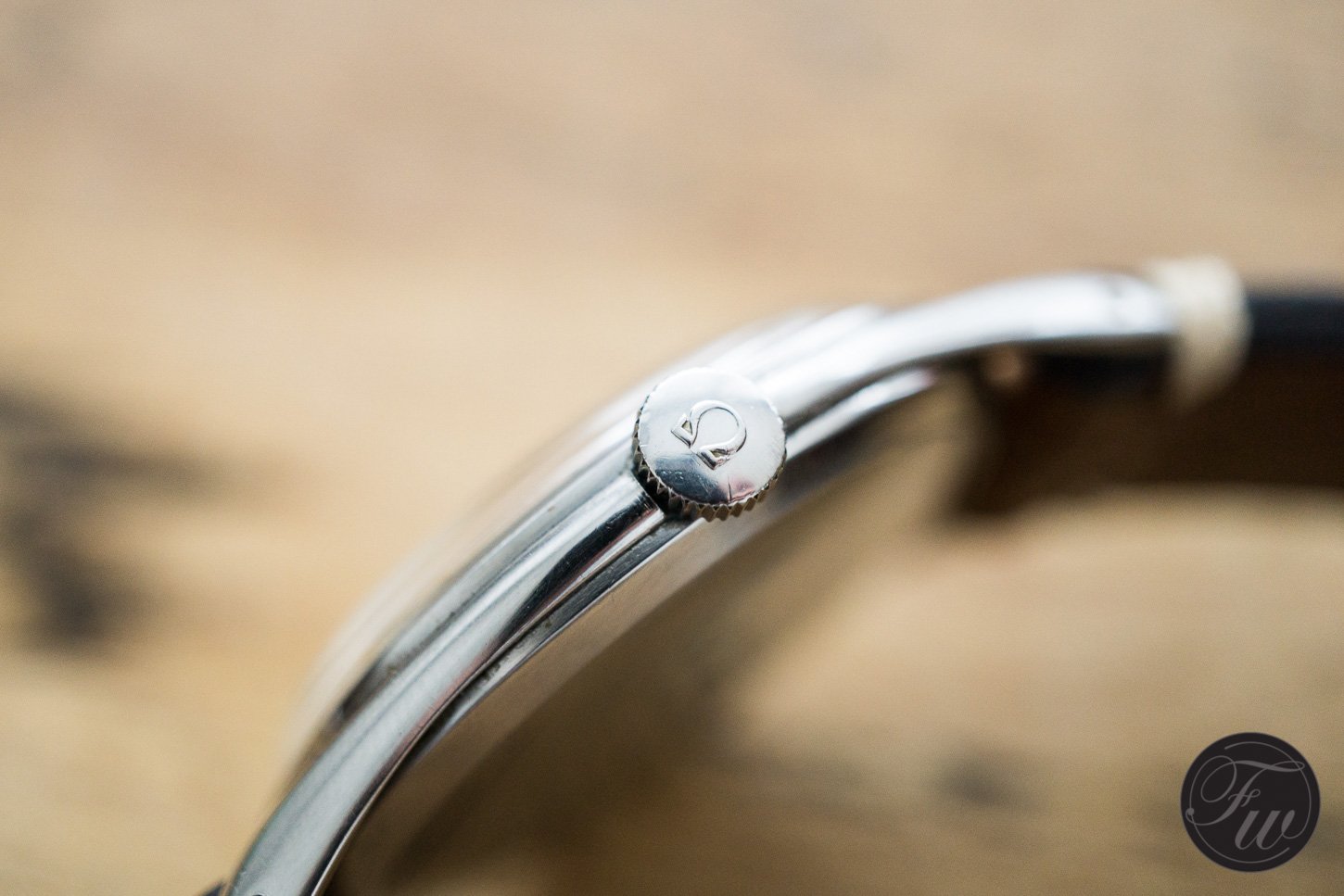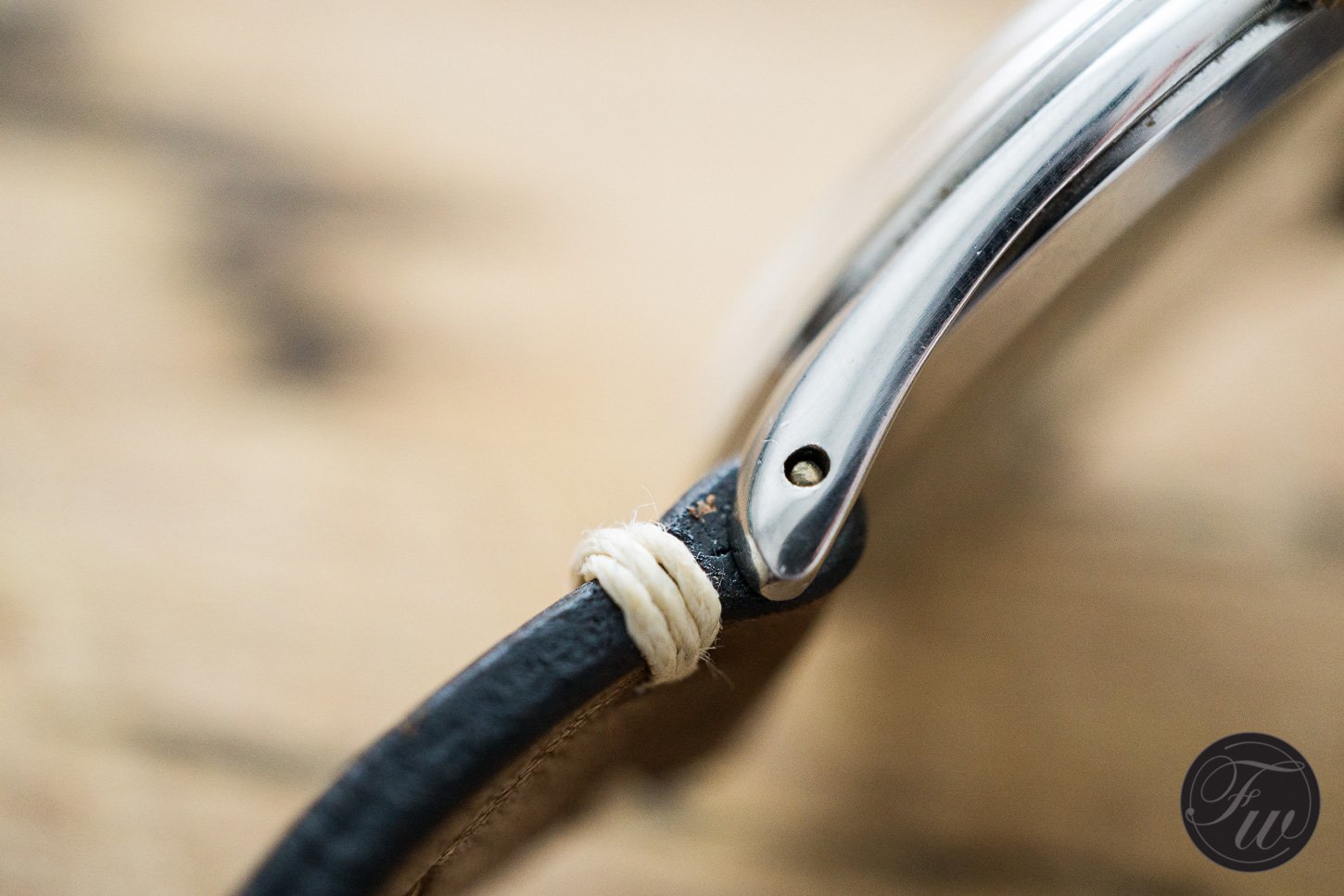Omega Reference 2505 Aka Jumbo
According to my dictionary the meaning of “Jumbo” is; noun a very large person or thing, adjective very large. There are a number of jumbos out there.
To start with the Boeing 747, a wide-body passenger aircraft bears this nickname. If you ever flew over the Atlantic with Lufthansa, KLM or British Airways you probably had the pleasure of travelling in one. It is an intimidatingly large plane that often makes me wonder why have I not paid more attention to physics in high school. I probably would have a glimpse of understanding how can that monstrosity actually go up and stay there. Then you have the jumbotron. A large screen you can usually find in sports arenas…or in Las Vegas. You know, the one that shows you those cheesy Kiss-Cams in movies. And then you have the jumbo wrist watches. Audemars Piguet has its Royal Oak Jumbo (5402 – 15202), Patek Philippe has its Nautilus Jumbo (3700-5711) and also Omega has one, their reference 2505.
Jumbo Nickname
While it is a watch nickname it does not refer to one watch model. Unlike the Omega Seamaster 145.024 for example, which is the only watch that is nicknamed Jedi. Why? Chuck Maddox named it the Jedi way before that infamous Antiquorum auction, so that reference is, was and will be the Jedi. Period. The word jumbo, however, does not refer to one model or brand within the watch world. It refers to a very specific type of watches. Jumbo timepieces are mostly time-only models that have a significantly larger size than its contemporaries from a certain era. Let’s say that in the ‘30s 28-31mm was the size of men’s watches. So, if you found one that was 34-35mm you could consider that a jumbo. Though as of lately we are calling watches that are above 36mm or so jumbos.
Omega 2505
Based on this analogy, an Omega that first came out in the mid-40s and had a 38mm+ case is a jumbo, right? Exactly. Not only a jumbo but for many vintage Omega collectors it is the jumbo. The one to go for if you are looking for vintage from the Biel brand with a contemporary size. Crazy as it may sound, Omega released the reference 2505 in 1946. To put it into perspective during the ‘40s the average size of a wristwatch was 33-34mm. Even the chronographs that people considered large at the time were not larger than 37-38mm. So to come out with a time-only watch in a 38mm case was pretty unusual. Now, I’m not saying that this was the only timepiece with such a size but it clearly is the one that is readily available even today on watch forums, eBay, Chrono24 etc.
Details
To give you the basic information about the Omega 2505 let’s have look at what the brand has about them on file. As I already mentioned above the watch came out in 1946 as part of their international collection under the reference CK 2505. It had a stainless steel case (hence the CK) 38.5mm, not including the crown. The thickness is 10.7mm and the lug tip to lug tip length of the case is a whopping 46.5mm. Other than the common steel watch, with some luck, you might also be able to find a gold plated version under the ref. BK 2505. Although that is a nice timepiece I have to say I’m all for the steel. Albeit the reference number is an interesting and important identifier of a watch what is so cool about the Omega reference 2505 is the fact that numerous different dial variation came out during its production run.
Case
First a bit more about the case though. As I said the CK 2505 is stainless steel with a press-in back. As such, the watch has no water resistance, pretty normal for timepiece from the ‘40s. The case is round and huge with relatively short but thick lugs. If you turn the Omega ref. 2505 to the side you can see the downward curvature of the lugs. This makes the watch sit on the wrist very comfortably. I have many watches, wore even more as a journalist but I can assure you that this timepiece is just as comfortable as most out there. Vintage or modern alike. Speaking of comfort, the lugs are drilled so changing a strap is no issue at all. Furthermore one can use a Rolex-style spring bar with it. The only Achilles heel of the Omega 2505 Jumbo is the dial. More precisely, to find an original one.
Many Faces
The Omega reference 2505 Jumbo must have been a great seller because you can find many examples still to this day. Wherever you look for them eventually they pop up, often for cheap money. Just recently I sourced one for a friend for a little less than €500. It has some issues (like wrong hands), but nothing incurable. And most importantly; it had the original dial. Due to the case not being water resistant many of the watches have either badly damaged or repainted dials. The ones that are original often come from dealers for insanely high prices – let’s be fair, as much as I love these timepieces, they are barely in the €1.2-2K price range. All in all the dial design is fairly simple. Most pieces only had raised indexes, like mine. Some had painted or even applied numerals but that’s about it. Few examples have sector, two-tone or waffle dials.
Finding a watch with an original dial can be challenging sometimes. Even to the trained watch collectors. As the watch was made for a number of years logos or fonts change. Some have painted Omega symbols, others have raised and so on. You really have to know your trade to pick the correct ones. Another option, if you bought one that turned out to be redial, is to search for an original replacement dial. Chances are slim, but not impossible. You obviously have to look for a sub-second Omega dial in 32mm (that is the diameter of the face). Would be cool if the listing also mentioned that the dial fits the caliber 265. Again, I managed to find such a donor dial and movement a few months ago, so it’s doable. But you need to actively search for it.
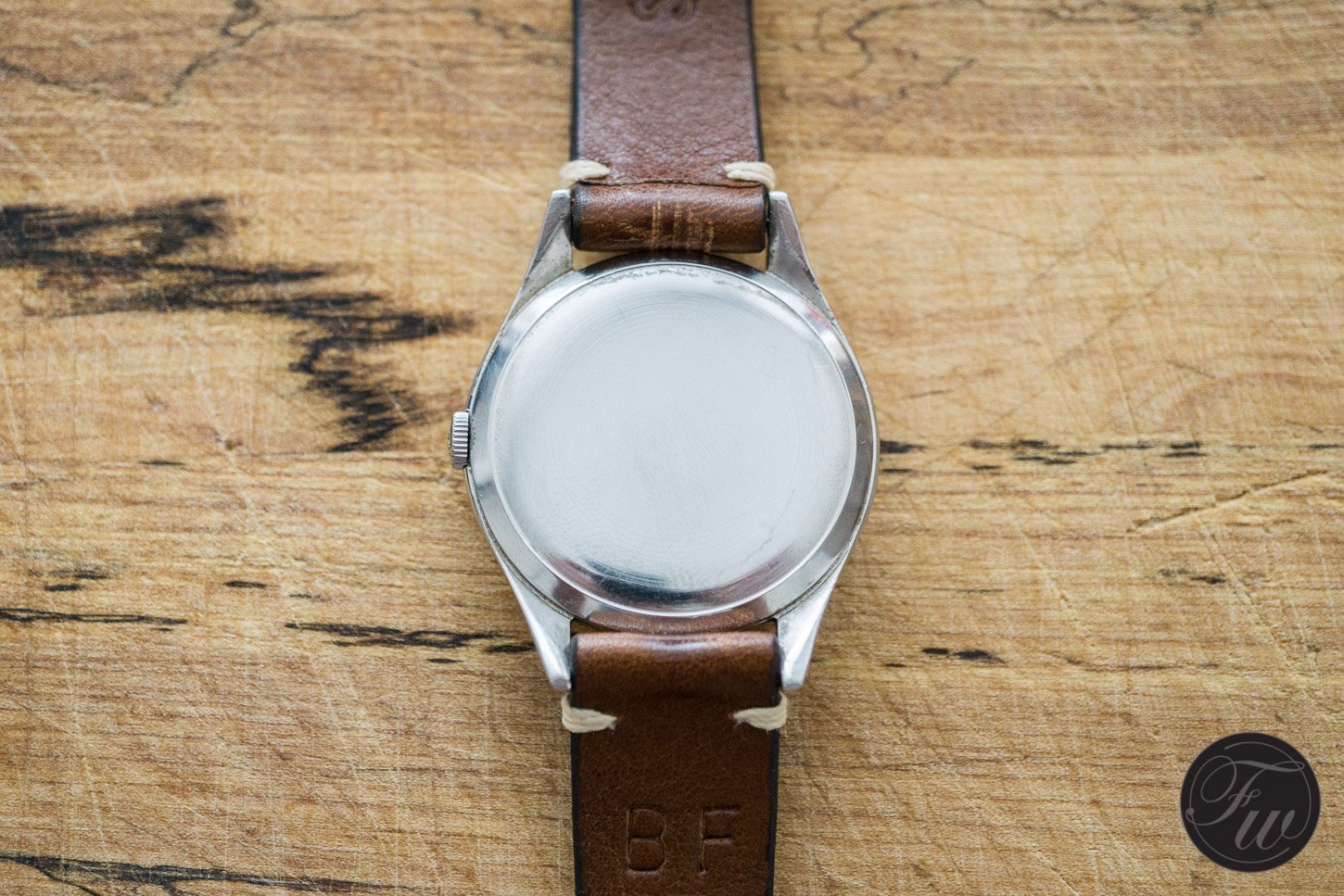
Caliber 265
Now that we looked at everything on the outside, let’s take a peek inside the large steel case. The movement inside the Omega reference 2505 is the caliber 265. It is a manual wind, sub-second movement with roughly 45 hours of power reserve, 15 jewels, and 18,000 Vph. The 265 is also the straight descendant of Omega’s legendary workhorse caliber 30T2. That one (the 30T2 that is) also has 15 jewels but no shock protection. The 265 on the other hand already has that and it’s antimagnetic. Back in the day often times a watch with a larger case was the indicator that it is anti-magnetic. We have seen this with the Tissot Antimagnetique I talked about a while ago. The movement family the 265 belongs to went into production between 1939 and 1963 during which hundreds of thousands of movements came out of Biel.
Final Words
When new, the CK 2505 was sold on a leather strap. I saw some collectors putting period correct beads of rice bracelets on them and I have to say I really love the look. It just does not work for me on my wrist. Funnily enough, my 2505 is the only Omega I own that has an Extract from the Archives by Omega. I ordered it in 2014 so it is not as fancy as the new ones you’d get today, should you order one. It does not tell me too many new things other than the production date (February 8th, 1951) and the country it was delivered to, which is Switzerland. Due to the long production run and the fact that there are still many different models on the market the reference 2505 remains one of the most interesting vintage time only Omegas known to collectors.
If you are looking to find some info about a vintage Omega piece of yours, make sure you check this part of their website.

